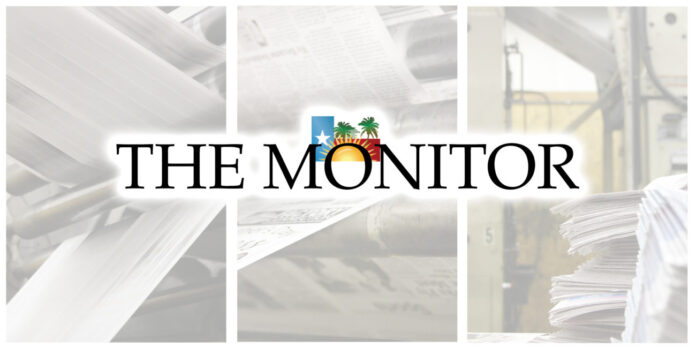
The following is a text message I sent to my publisher Friday morning.
“The crack in my armor is getting bigger, and I’m beginning to lose my cool. I’m taking the day to step away, and write, lest I blow up at another reporter who’s working their ass off.”
Knowing precisely what I was referring to, he replied: “Yep, I understand.”
I then stood up from my living room sofa and walked over to a computer, where I stared at a blank document, hoping my fingers would catch up with my thoughts and convey the anger growing within. With each keystroke, I wanted so much to lay waste to every alarmist, conspiracy theorist or pseudo-intellectual rearing their ugly heads now — like clockwork, during a time of crisis — to espouse assumptions about our home and our people.
Meanwhile, I have to maintain some semblance of composure to manage coverage of the most significant event of our generation. This is a strange headspace to be in every day.
Through it all, the only thing I can make sense of is this: I have damn good reason to be angry. We all do.
As a lifelong resident of the Rio Grande Valley, I can recall with every national emergency it being said that our people are too fat, too stupid, too poor and too set in our ways to survive a crisis — whether they be public health emergencies, natural disasters or economic recessions.
And still we thrived.
We’re at that juncture now, in which doubt in our ability to withstand COVID-19 is beginning to spread faster than the coronavirus itself. Of course, most of that doubt is sowed by outsiders who have plenty to say about our culture and way of life, but with very little understanding of who we actually are as a community. I’ve even read one prognosis from a nonprofit publication (hailing from a larger market) assuming the coronavirus will be “particularly deadly” in the Valley. Apparently our demographics and lack of resources will doom us.
I disagree. While it’s true we have vulnerable populations who suffer from a variety of medical conditions and poverty, it’s unfair to suggest our fates are tied to our weaknesses.
My refusal to share more about the story and outlet is rooted in my hesitance to drive more attention their way, but I will say that it also contained inaccuracies about our testing capabilities. In fact, any commentary about the scope of testing, without at least acknowledging its fluid nature, will be inaccurate simply because those efforts and resources are growing daily.
Consider this: stay-at-home orders, mask requirements and curfews were implemented in Valley cities and counties long before the state of Texas and other regions acted. Rest assured, we’re taking this threat to public health seriously, and we owe that to our health officials, local government leaders and citizens.
Take Starr County, for instance. Officials there worked fast to implement drive-thru and quick-testing, in some cases before other larger counties, and have not reported a single new case in nearly a week. All this in spite of being among the poorest counties in the state, who just last year struggled to afford attorney’s fees for indigent defendants.
Officials in Hidalgo and Cameron counties have also been proactive in their approach, launching aggressive educational campaigns about how to fight the spread of COVID-19 while also coordinating with local business and community partners to intensify testing efforts. For that, we also owe much to the University of Texas Rio Grande Valley, who’s leading the way in drive-thru testing.
Are we vulnerable? Of course. But so is everyone else in the country for a variety of reasons. The greater challenge for us here in deep South Texas is the lack of state and federal funding to create the infrastructure necessary to meet our challenges head-on.
Over the years, the private and public sectors here have had to invest tens of millions of our own dollars in a local medical school, healthy eating measures and drainage upgrades. Currently, Starr County officials say there are local organizations and clinics providing free services for uninsured residents who, if they’re showing symptoms, are given a referral to get tested at no cost.
Until we can leverage more state and federal support, we’ll continue to fend for ourselves. And that’s OK, because what we do have going for us is our resilience, which can’t be measured in statistical data or analysis, but in our faith in each other.
Granted, I don’t know what it’ll look like or how long it’ll take, but the Valley will somehow find a way to not only survive COVID-19, but thrive once again.
Until then, I feel compelled to thank our county judges, mayors and respective city councils, as well as our school district officials, medical health communities and fellow journalists, not to mention the citizens who put their faith in all of us, for reminding me why I’m so proud to call the Valley my home.
We’re not going anywhere.
———
Michael Rodriguez is the deputy editor for The Monitor. You can reach him by calling (956) 683-4439 or by email at [email protected].





